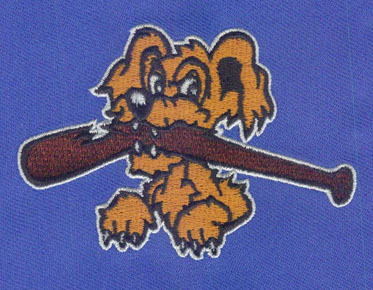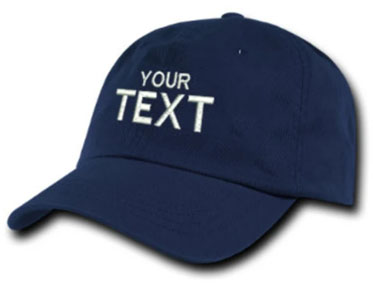Best Tips from Eagle Digitizing: Doing Shirt Embroidery
In the process of shirt embroidery, the
designer should put the mark on the shirt at the position where the stitch is
sewn, and the back of the fabric is stable. The placement of the positioning
mark provides a clear starting point for the needle of the sewing machine,
which will form the overall design. The use of a stable fabric prevents the
needle from penetrating the fabric, and provides a solid base for the thread to
be pulled tight. The following content also has some reference value for Eagle digitizing.
The tailor can start her project by first creating a basic reference frame on the shirt where the design is placed. Machine embroidery usually involves concentrating the design on the midpoint of piece of fabric. For sewing, put the needle in the middle, let the sewing machine work outward, and finish the design from this center. With quilted squares or other evenly-shaped fabric pieces, it is easy to get the center by folding the fabric diagonally. Tees, polo shirts, and sweatshirts do not provide straight edges or ven dots to reach such a starting position.
The designer can hang the shirt on the wall or ask a friend to put it on temporarily when she decides where she wants to design. Once she has decided on the sewing position of the pattern on the shirt, she can place a square colored tape where the design center is placed. The tape provides straight edges that can be aligned by the sewing machine, and provides a reference point for needles that can begin to embroider shirts.
The materials used to sew clothes are usually elastic and provide more tension than cotton fabrics traditionally associated with other types of sewing projects. These materials often require the use of stable backing materials to provide the fabric with additional strength and durability, while being exposed to the constant pressure and back and forth movement of the sewing needle. This type of fabric can be purchased through the Internet or in special hobby stores. It usually has three weights to choose from. The designer should select the necessary weight of the stabilizer according to the type of material to which the shirt embroidery pattern is added.
The heavier stabilizing material is
permanent, and the excess must be cut off from the shirt with scissors. This
provides a heavy base on the back of the lightweight T-shirt to prevent the
material from being pulled, wrinkled or punctured by the needle during the
stitching design. Medium weight stabilizers can usually be removed by hand and
can be used with medium weight materials such as heavy cotton and linen. After
the design is completed, the light stabilizer can be washed off from the
fabric, and can be used with heavy materials such as sweatshirts. Once the
strain of machine stitching is completed, these materials are unlikely to pull
the thread.


